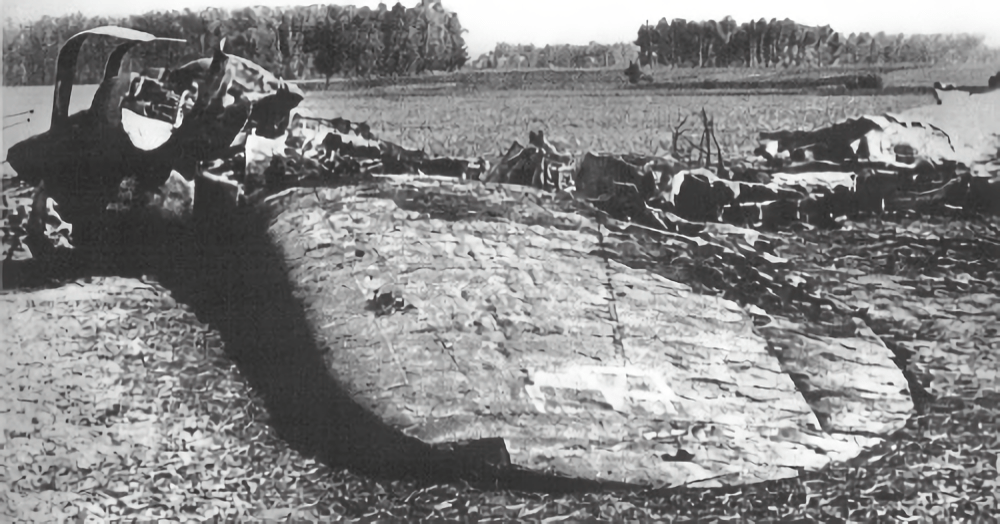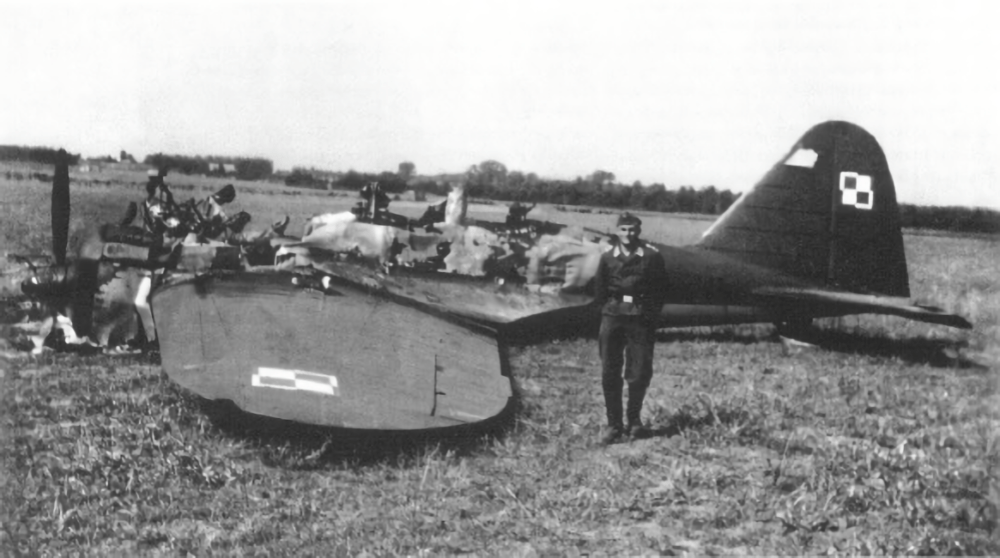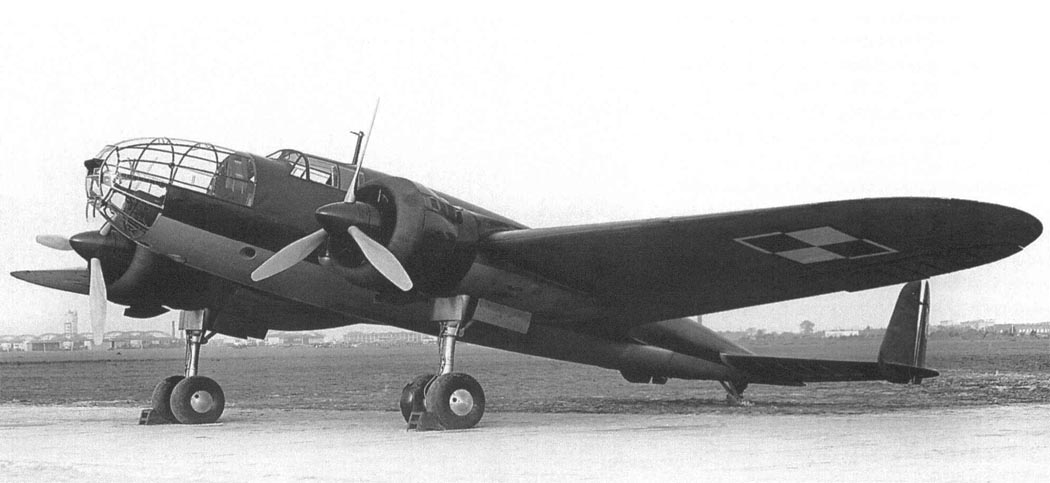PZL.37 Łoś Polish Bomber
The PZL.37 Łoś was a modern Polish twin-engine medium bomber developed in the late 1930s, regarded at the time as one of the most advanced aircraft of its type in Europe. Designed by the Państwowe Zakłady Lotnicze (PZL) aircraft works in Warsaw, it was meant to replace the aging Potez 25 and PZL.23 Karaś light bombers in the Polish Air Force. The project was initiated in the early 1930s under lead designer Jerzy Dąbrowski, with the aim of producing a fast, all-metal bomber with good range and payload.
The prototype, first flown in December 1936, demonstrated impressive performance that compared favourably to contemporary foreign designs such as the British Fairey Battle and the French Amiot 143. The aircraft featured a sleek, low-wing monoplane configuration with retractable landing gear, a stressed-skin duralumin structure, and an internal bomb bay capable of carrying up to 2,580 kg of bombs. Production began in 1938 with two main versions: the single-fin PZL.37A and the improved twin-fin PZL.37B. A total of around 120 examples were built before the outbreak of the Second World War.
Operationally, the Łoś entered service with Polish bomber squadrons in 1938 and by September 1939 equipped four bomber groups. At the outbreak of the German invasion, the aircraft was among the most modern assets available to the Polish Air Force. Despite its advanced design, the Łoś faced several critical disadvantages: Poland’s airfields were quickly targeted and destroyed by the Luftwaffe, severely limiting bomber operations; crews had insufficient time to train on the new type; and escort fighter protection was inadequate. Nevertheless, the Łoś flew a number of combat missions during the September Campaign, striking advancing German columns, bridges, and supply lines. Its relatively heavy bomb load and high speed allowed it to achieve some successes, though losses were heavy due to concentrated anti-aircraft fire and German fighter attacks.
Some surviving aircraft were evacuated to neutral countries, including Romania, where they were interned and subsequently used in service there. Others were destroyed in combat or scuttled by their crews to prevent capture.
More photos pf the PZL.37 Łoś can be found in the links below
PZL.37 Łoś Operated by Romania
PZL.37 Łoś Captured by Germany
Specifications of the PZL.37 Łoś
- Crew: 4 (pilot, bombardier/navigator, radio operator, rear gunner)
- Length: 17.92 m (58 ft 9 in)
- Wingspan: 17.93 m (58 ft 10 in)
- Height: 4.25 m (13 ft 11 in)
- Empty weight: ~6,900 kg (15,212 lb)
- Maximum takeoff weight: ~9,900 kg (21,825 lb)
- Powerplant: 2 × Bristol Pegasus XX radial engines (licensed, later domestic Pegasus variants), 918 hp each
- Maximum speed: 412 km/h (256 mph) at 4,000 m (13,100 ft)
- Range: 1,500 km (930 mi) with normal load
- Service ceiling: 7,500 m (24,600 ft)
- Armament:
- 3 × 7.92 mm machine guns (nose, dorsal, ventral)
- Up to 2,580 kg (5,688 lb) of bombs in internal bays







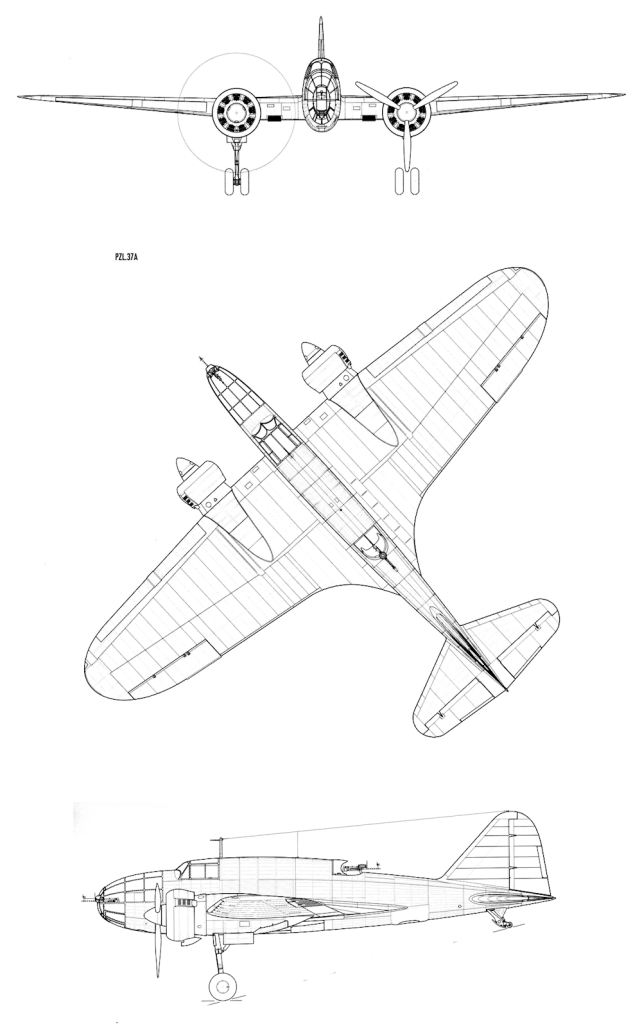



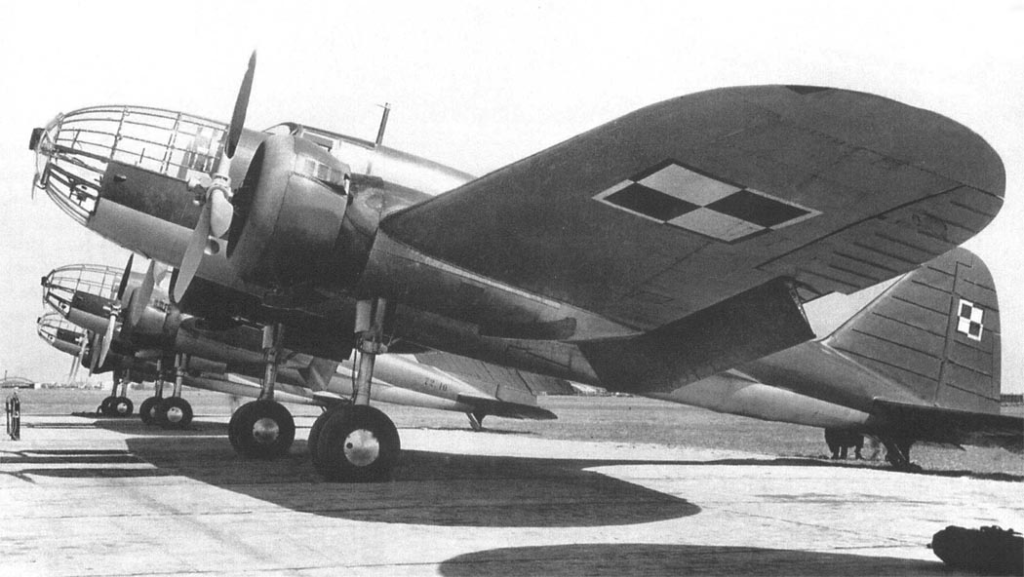
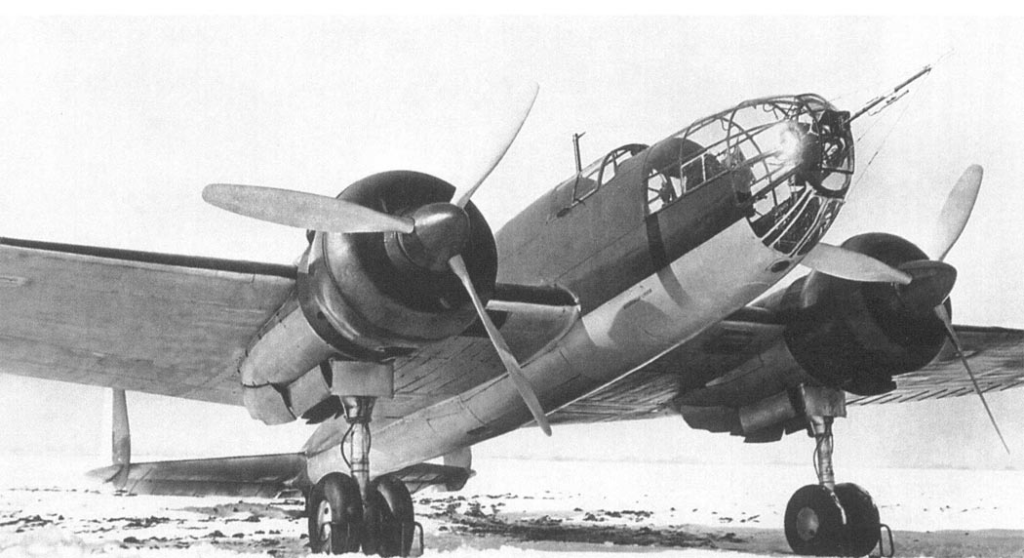





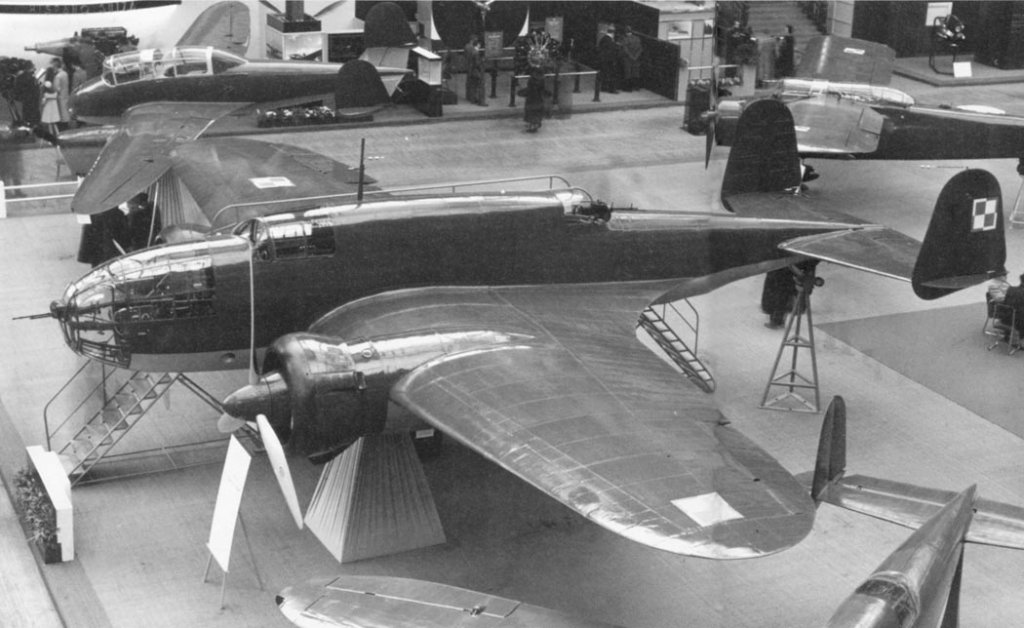



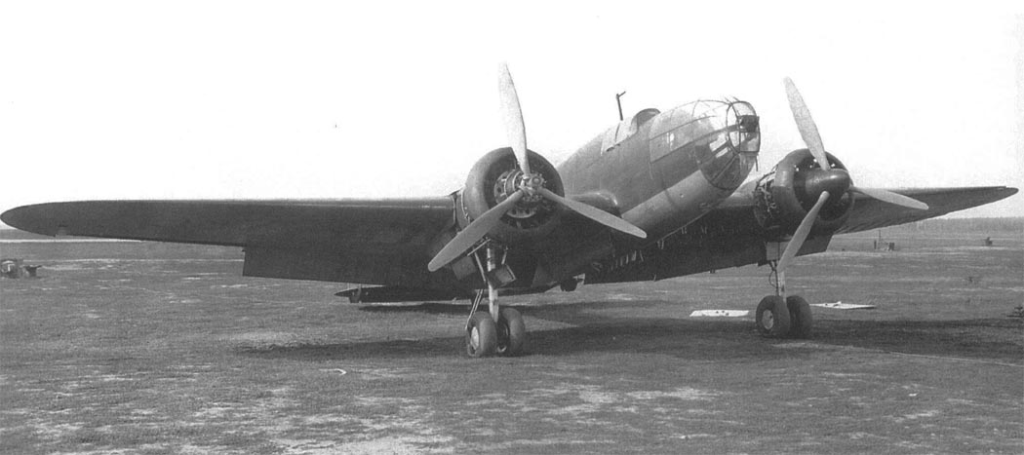
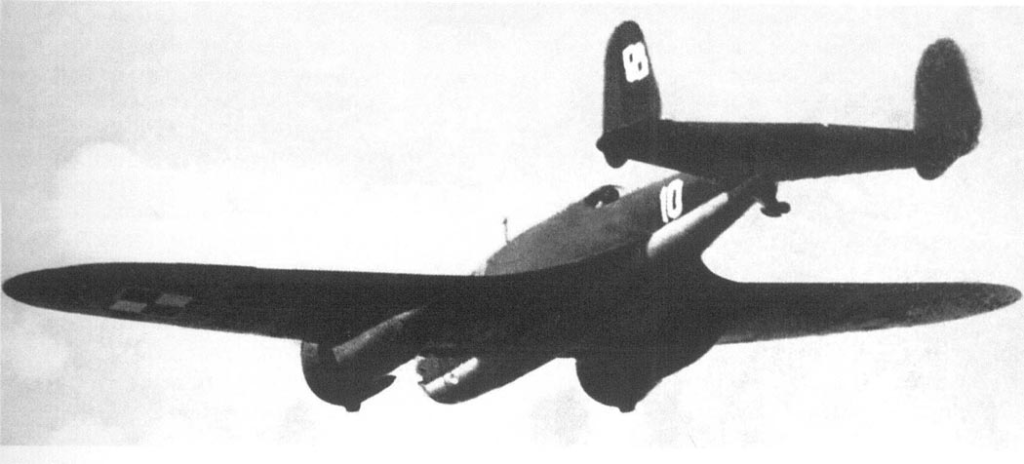
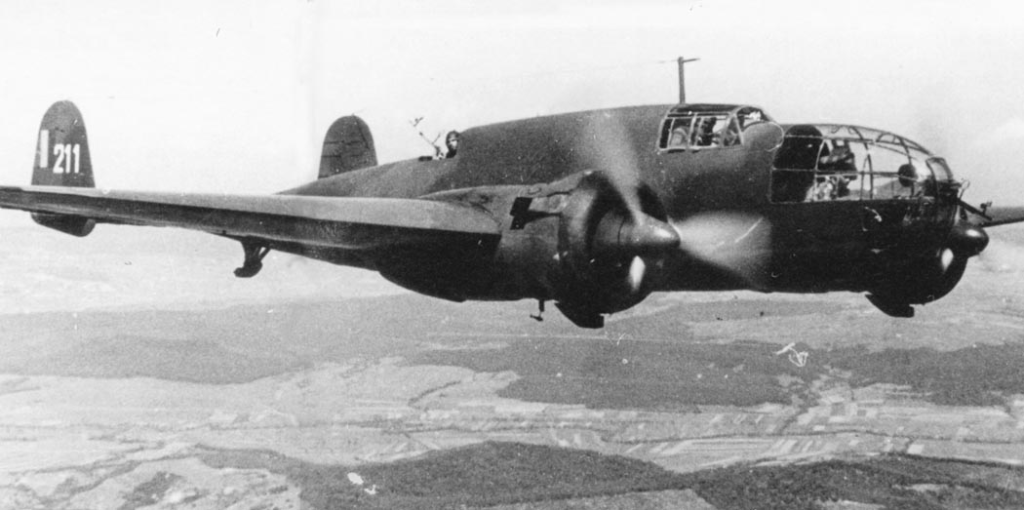
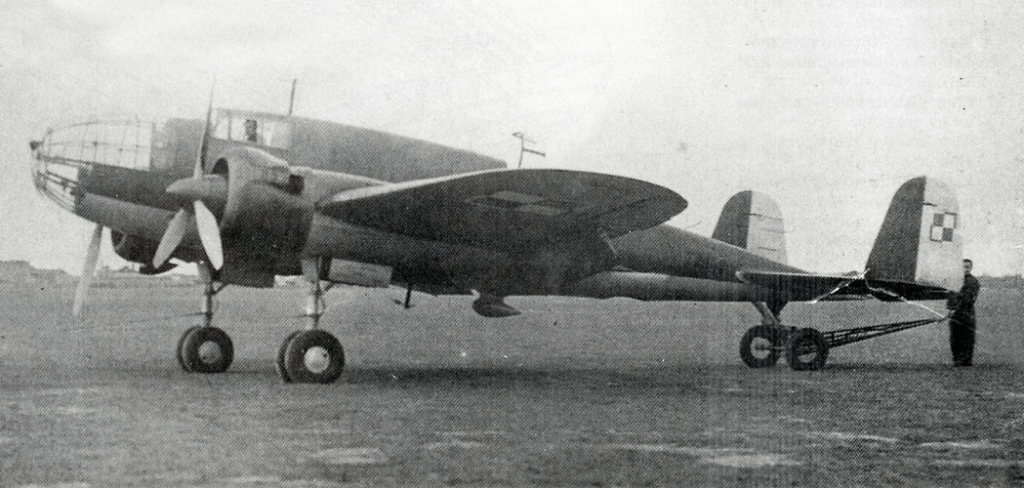
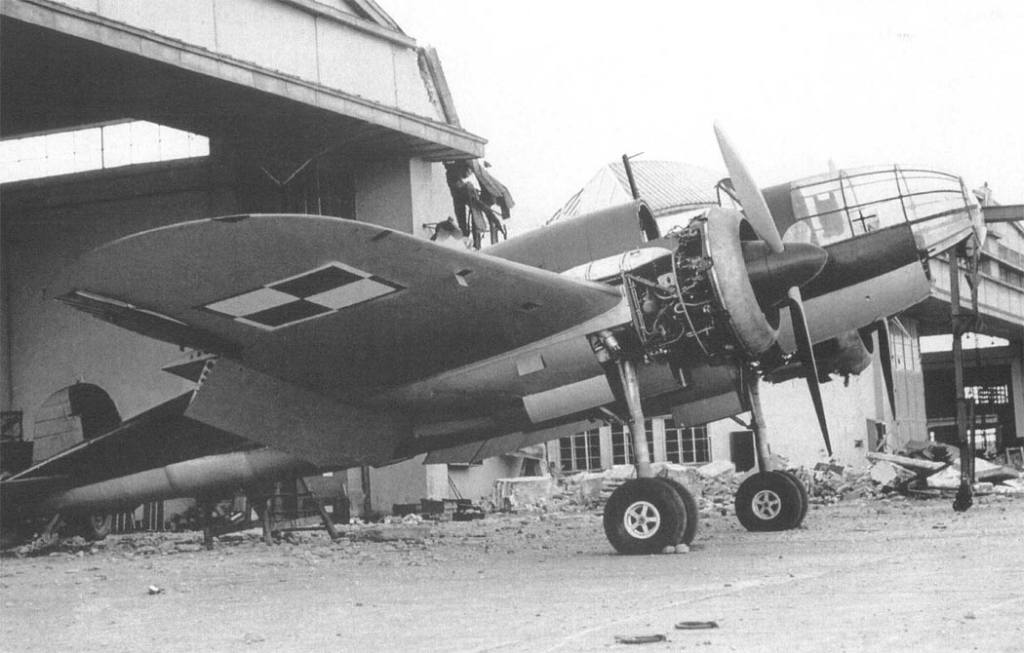
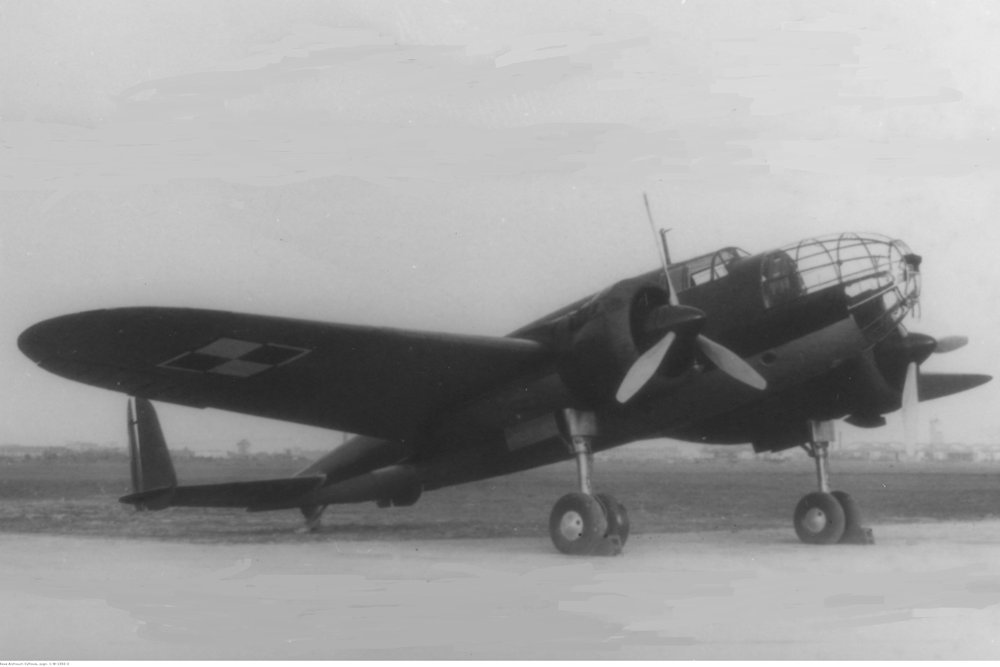

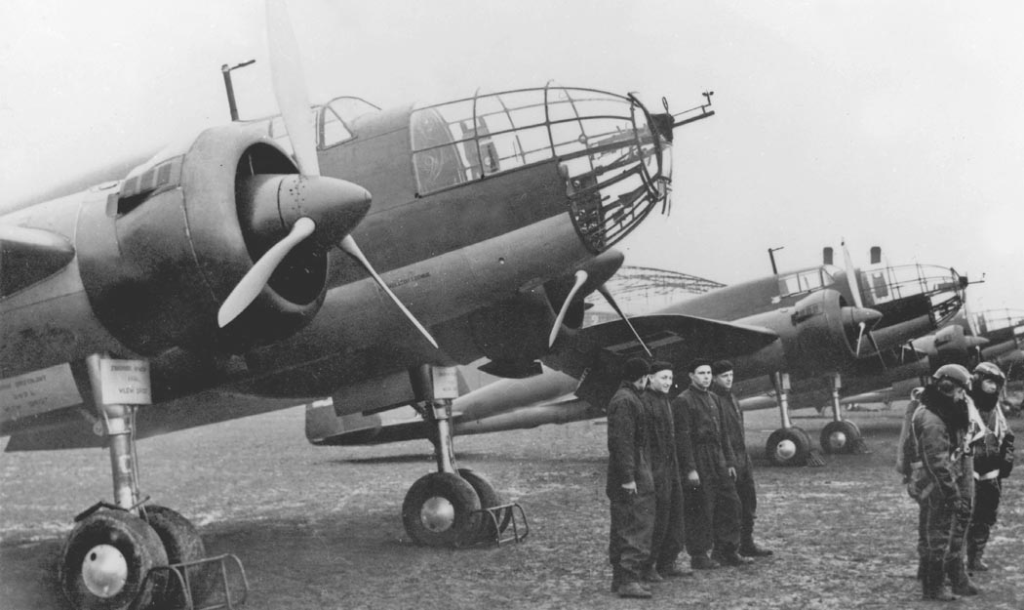
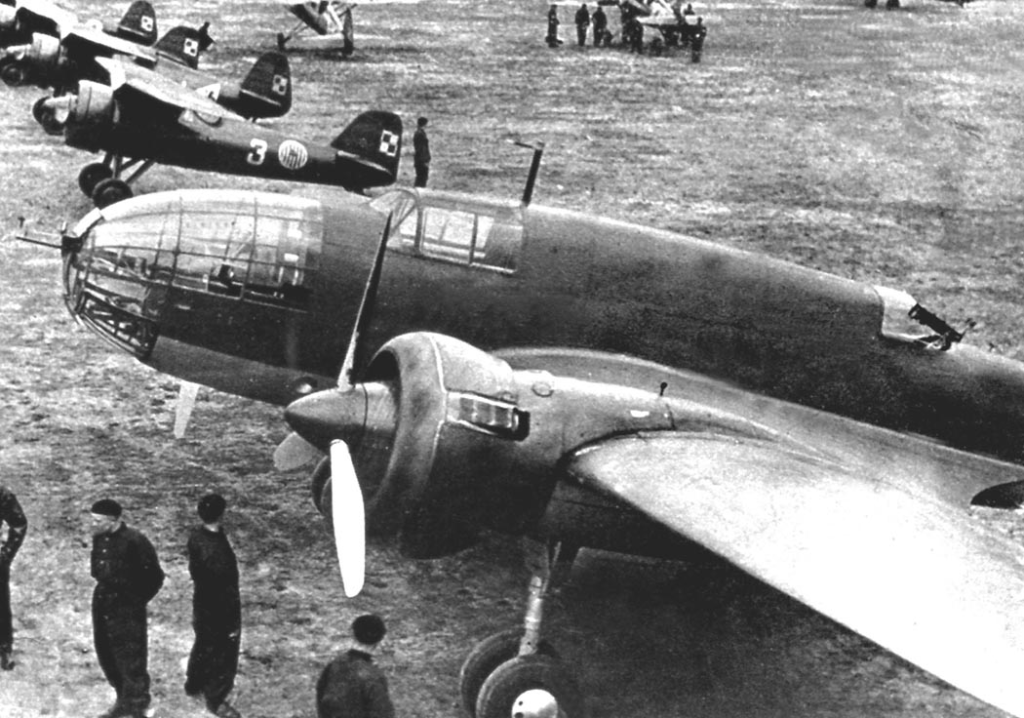



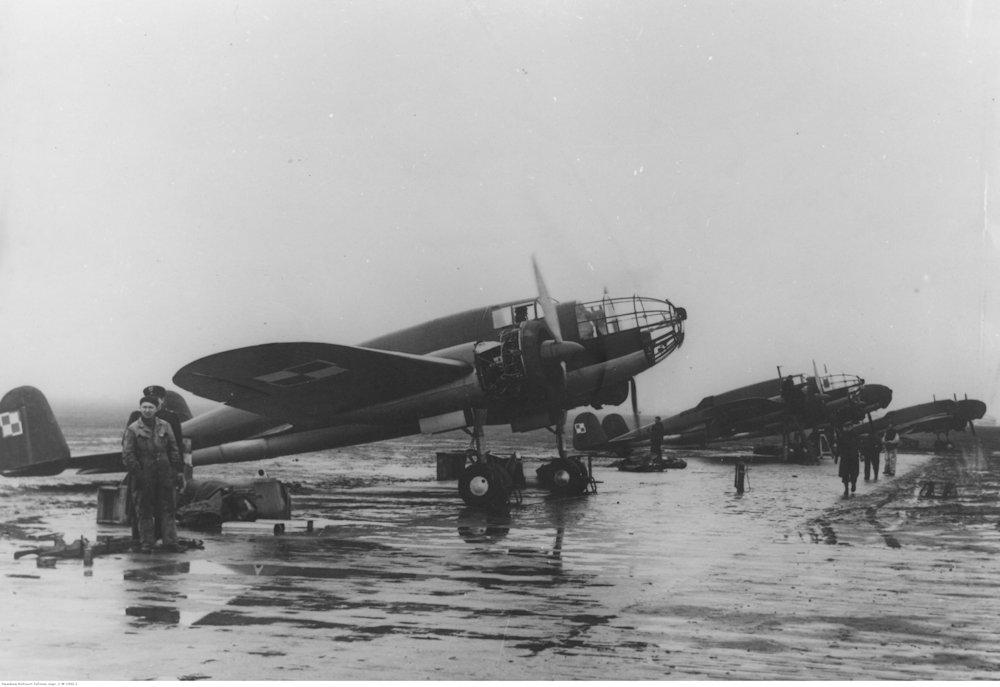
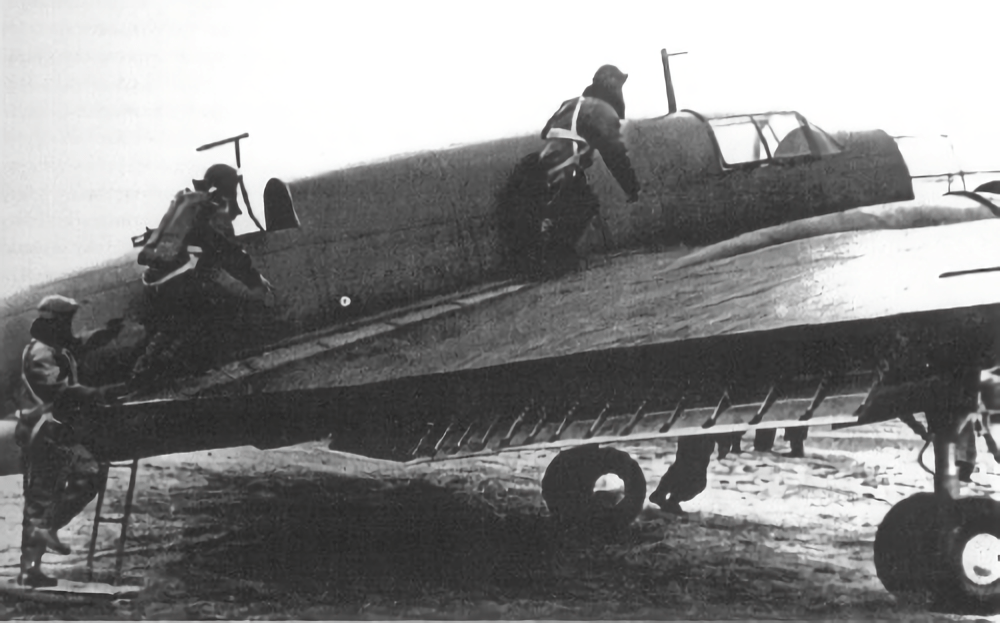
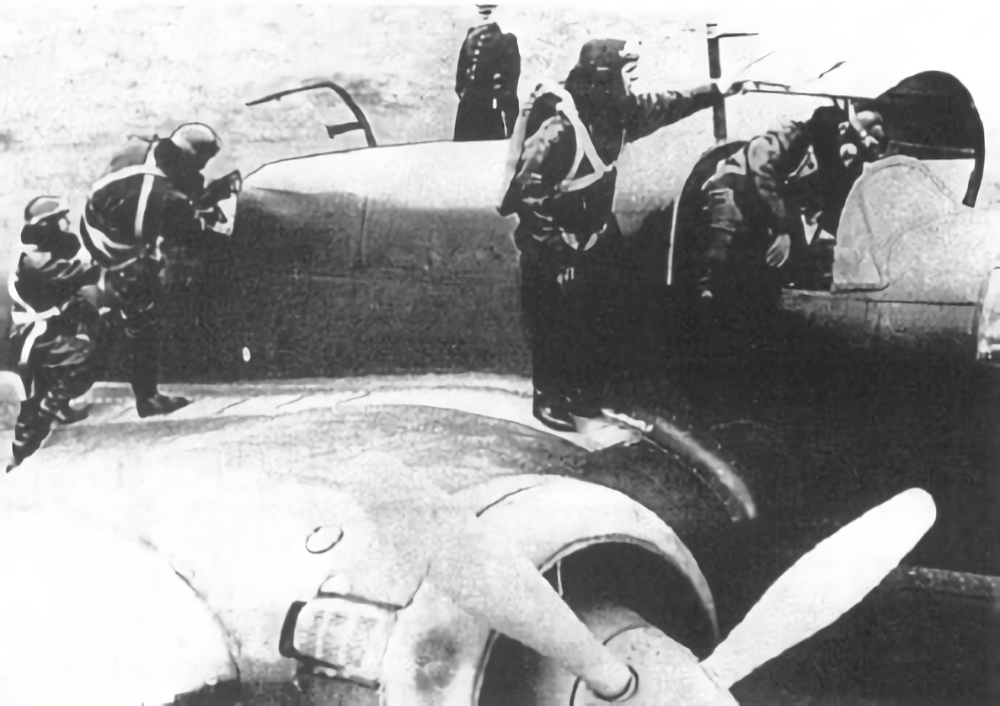
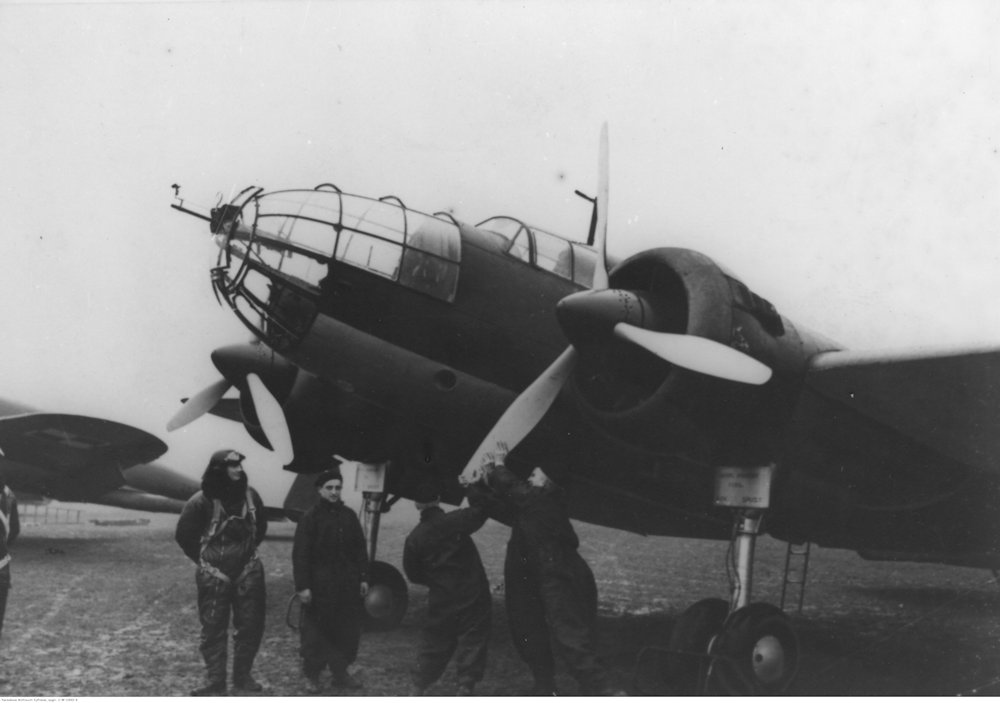

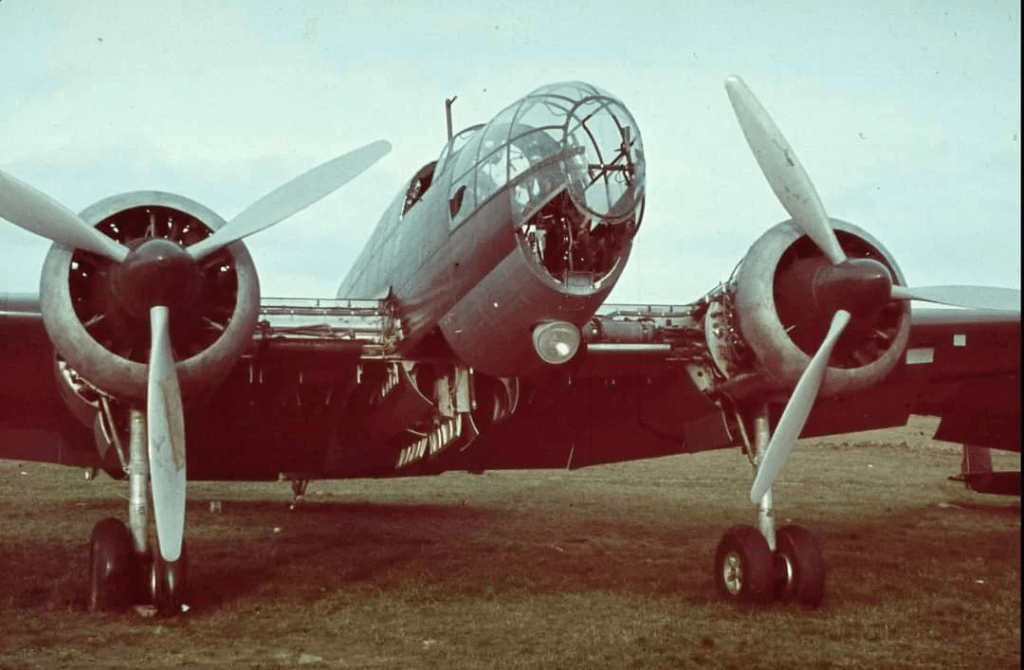
External Detail

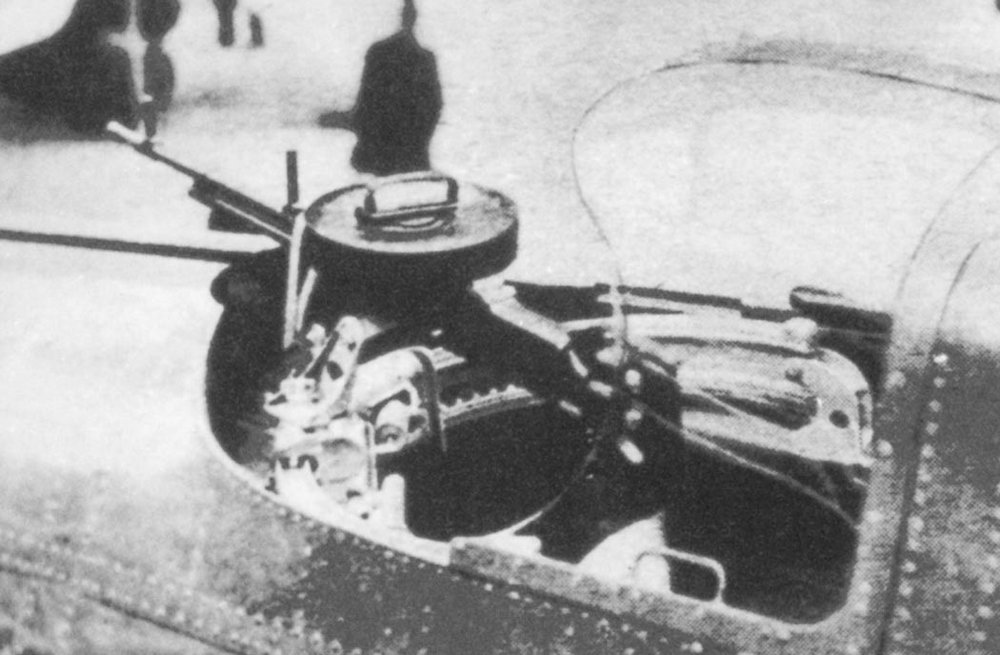
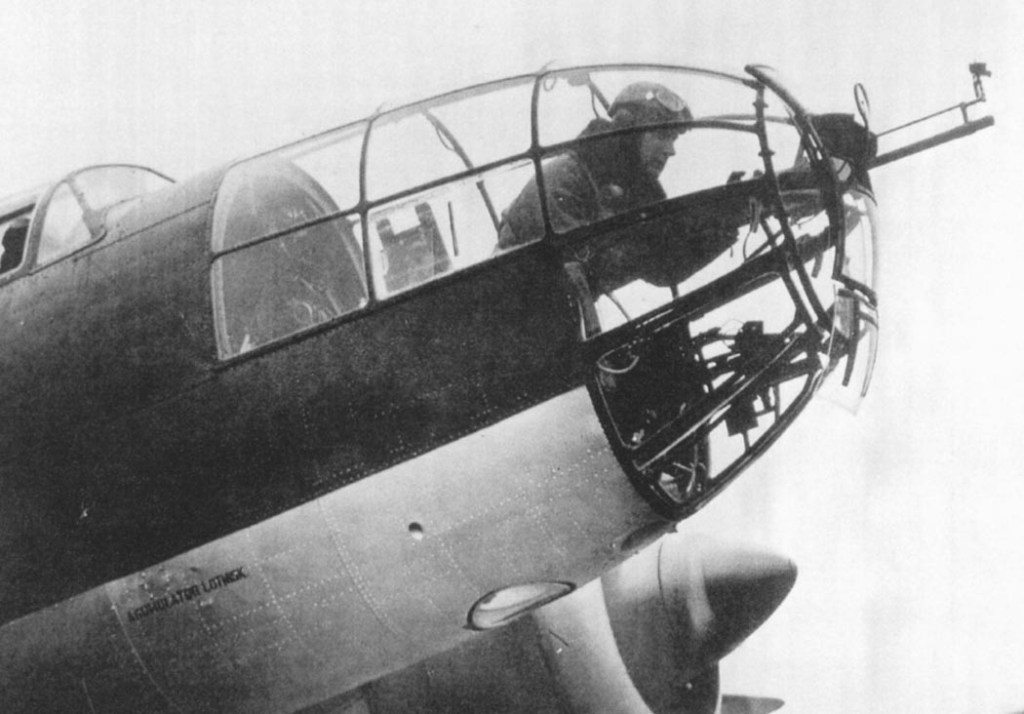


Internal Detail

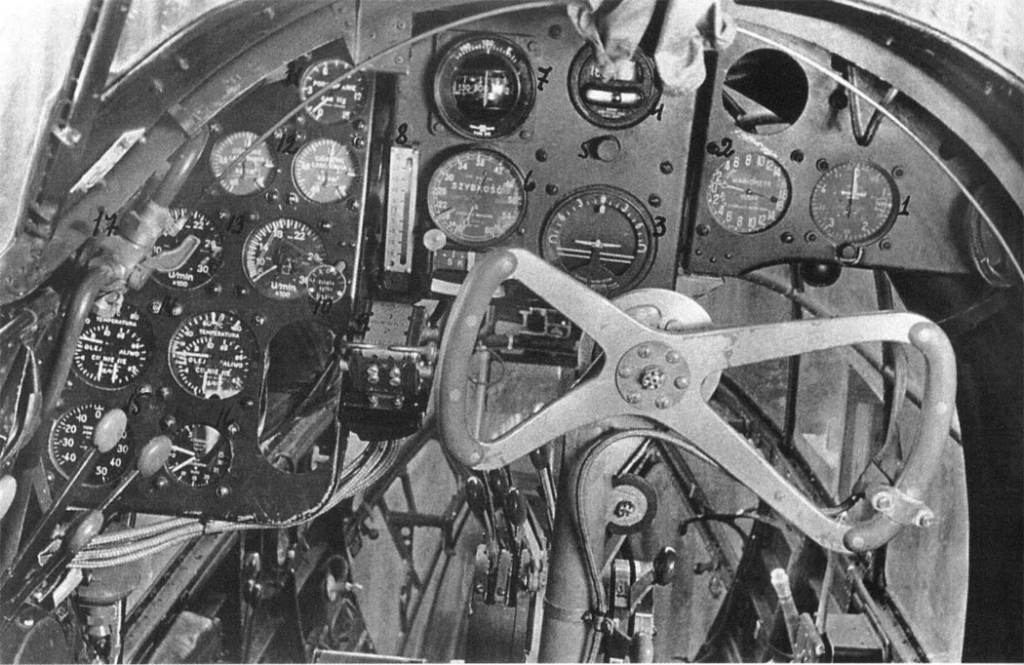



Crashed PZL.37 Łoś


